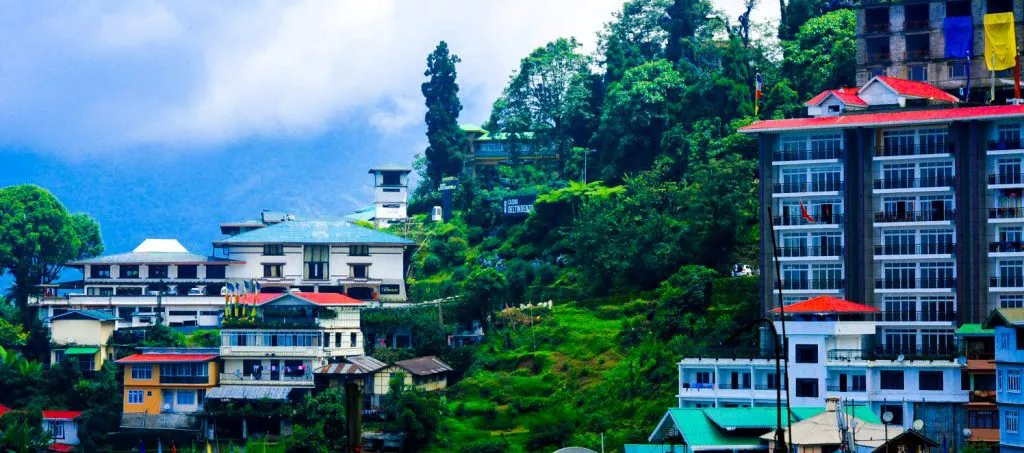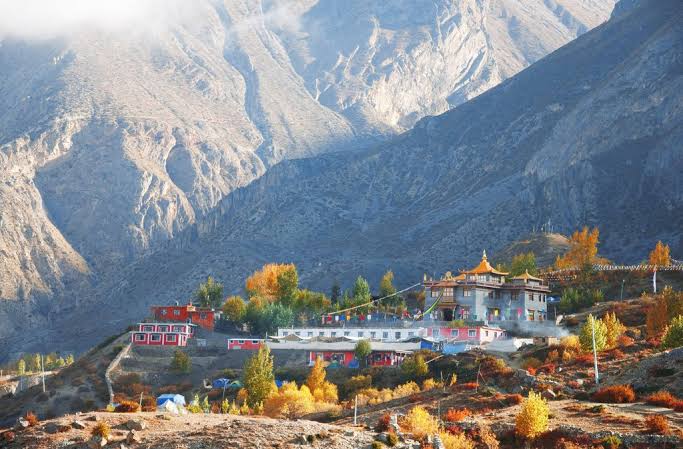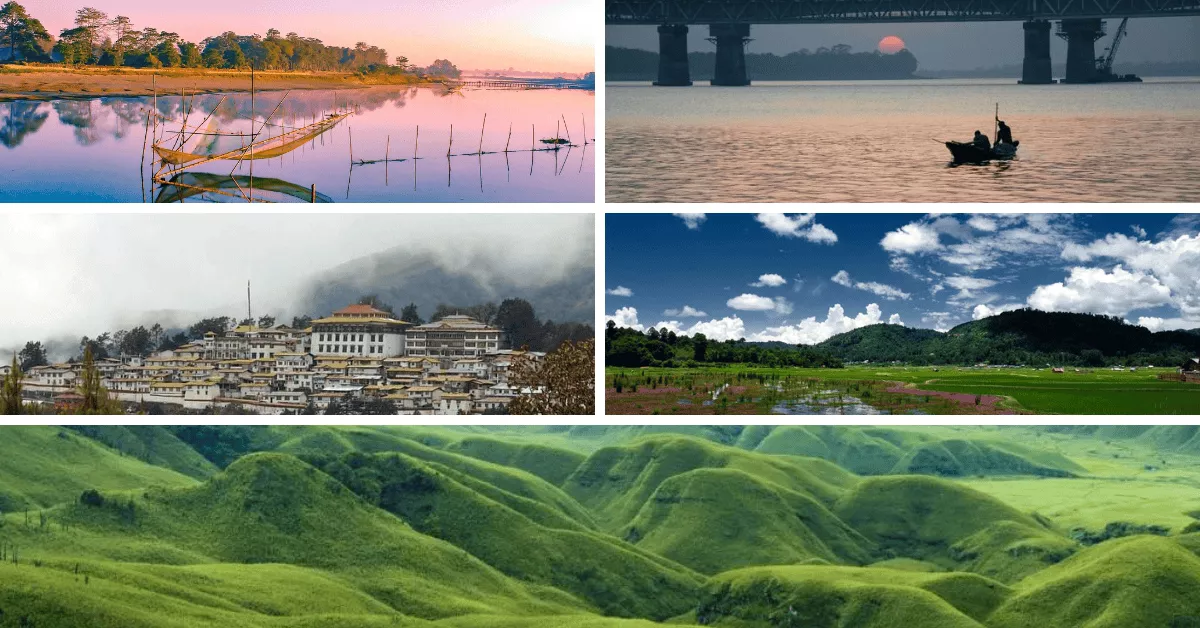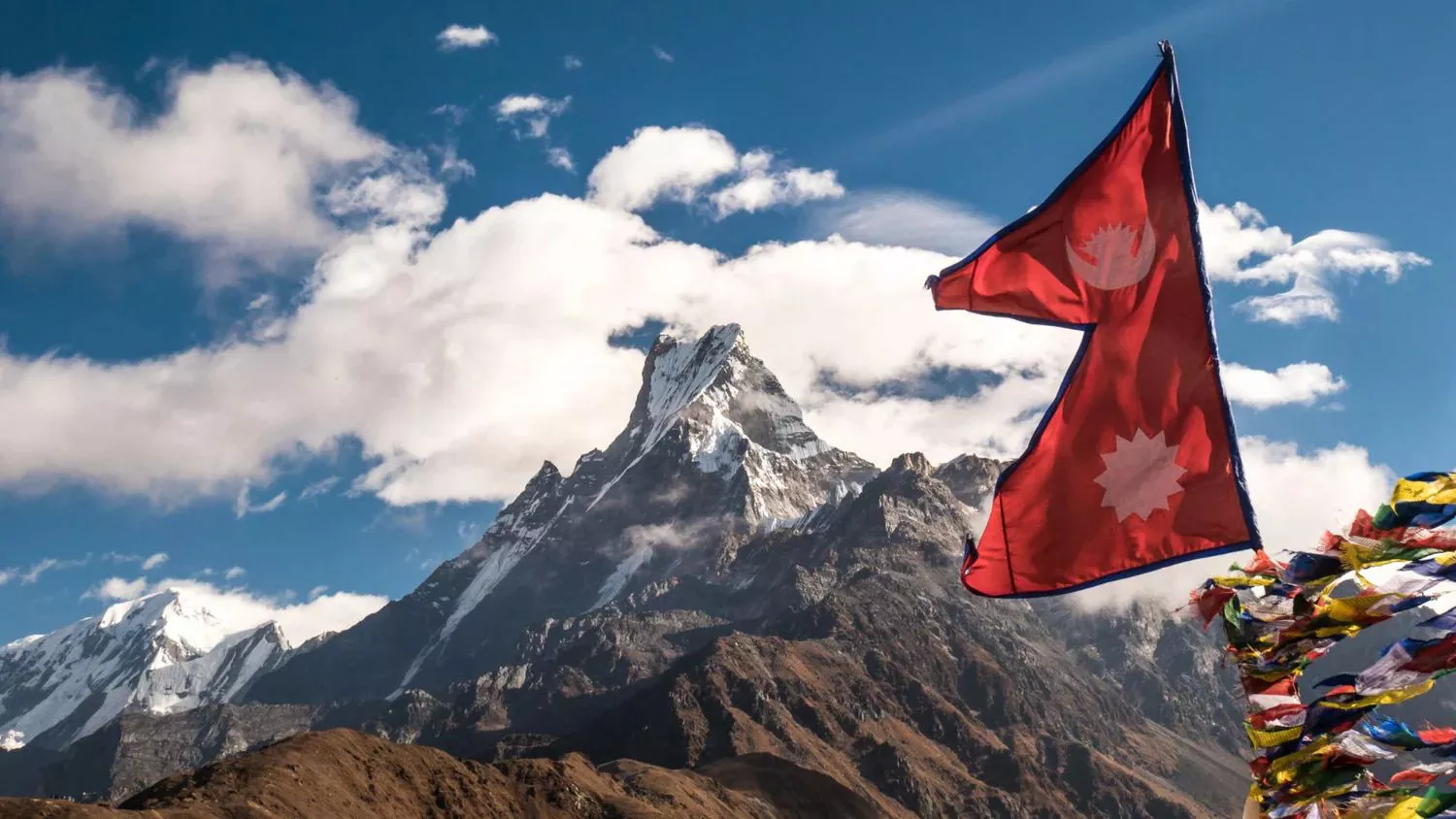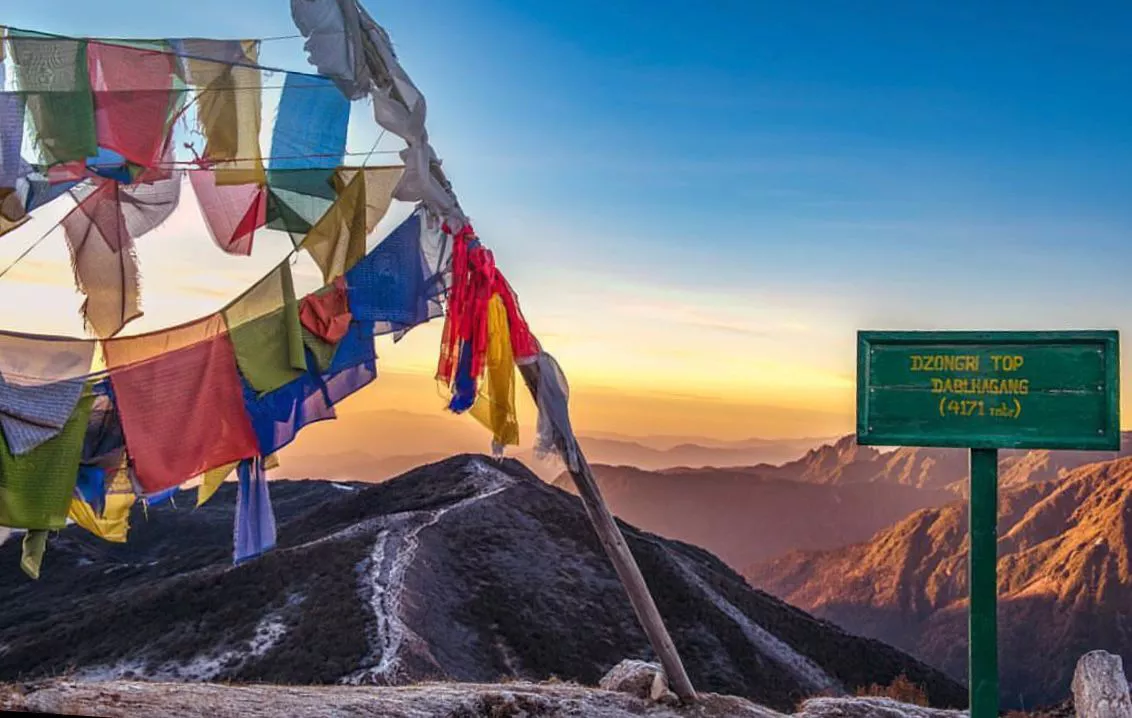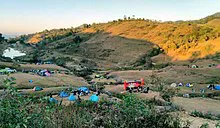
Khezhakeno is a village in the Phek District of Nagaland, India. It is a historical village of the Nagas. It is located at an elevation of 1660 meters above sea level and shares its border with the Manipur state in the south. The village is 48 km from the state capital Kohima via NEC Viswema-Kidima-Zuketsa road and is 23 km away from its sub-divisional headquarter Pfutsero. Tso Tawo at Khezhakeno village is a flat stone called Tso Tawo, which had been believed by the forefathers that if a basket of paddy is parched in the sun, it generates double fold.
The village is inhabited by Khezha people belonging to a sub-tribe of Chakhesang Naga. Its natives, however, refer to the village and themselves as Kozabomi, meaning ‘the native people of Koza’, which is derived from their chief’s name ‘Koza’, who founded the village.
Chida Lake is located in Khezhakeno village. If one starts on the trekking route from Glory Peak at Pfutsero, one can reach this beautiful and claim lake via Kapamedzu range. The lake is beautifully and naturally situated in the middle of a scenic and gently curved valley also popularly known as the second Dzukou with its lush green landscapes and is an ideal picnic spot.
Khezhakeno, also mentioned as Kezakenoma or Khezakenoma by some authors, was initially home to many Naga tribes until the dispersal of these tribes to different places. According to the history of Naga migration, a particular wave of Naga tribes on crossing Burma (Myanmar), wandered through the valley of Imphal, Manipur then moved northward and finally settled at the present site of Khezhakeno, Nagaland.
The village today has become a favorable destination for local tourists for its historical significance and as well as for its natural beauty. The Village, with the initiative from the Government of Nagaland, has a tourist bungalow and under the Ministry of Culture, a Tribal Museum at Chida where the rich cultural and traditional artifacts of Chakhesang and the Nagas, in general, have been showcased.

